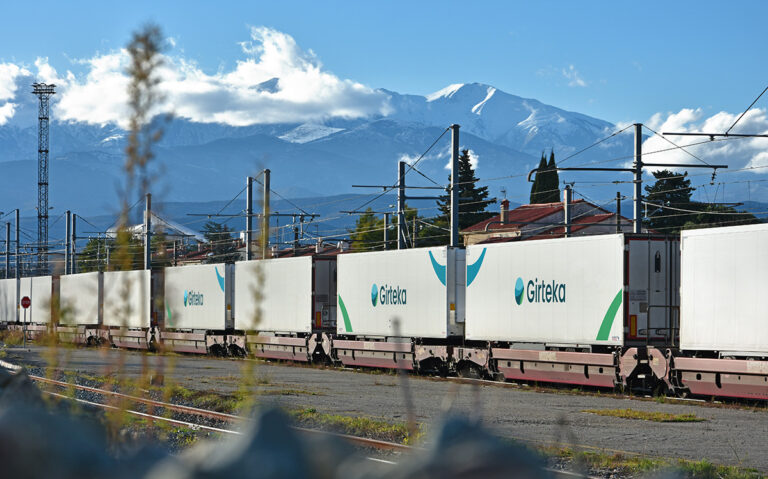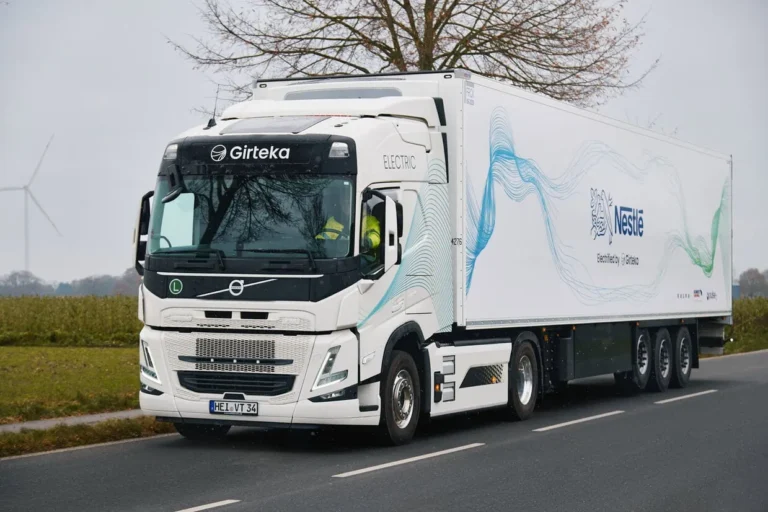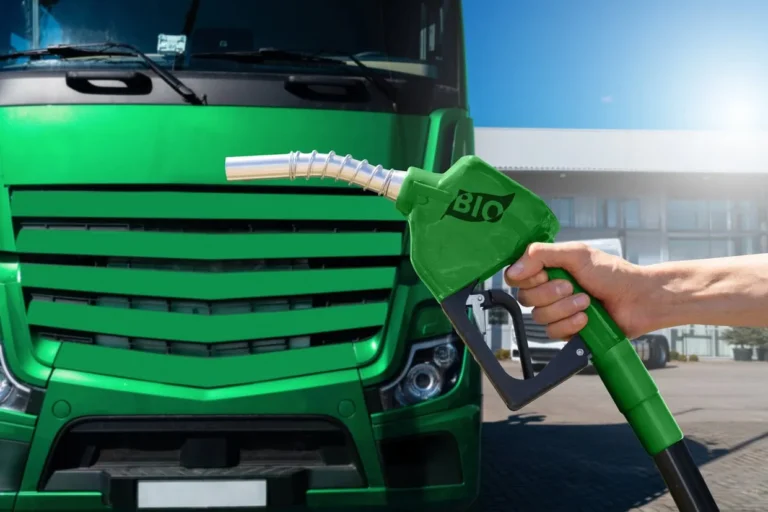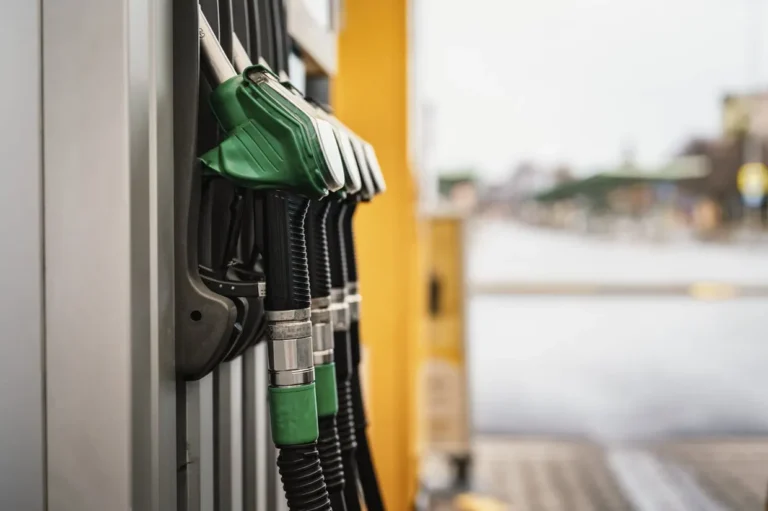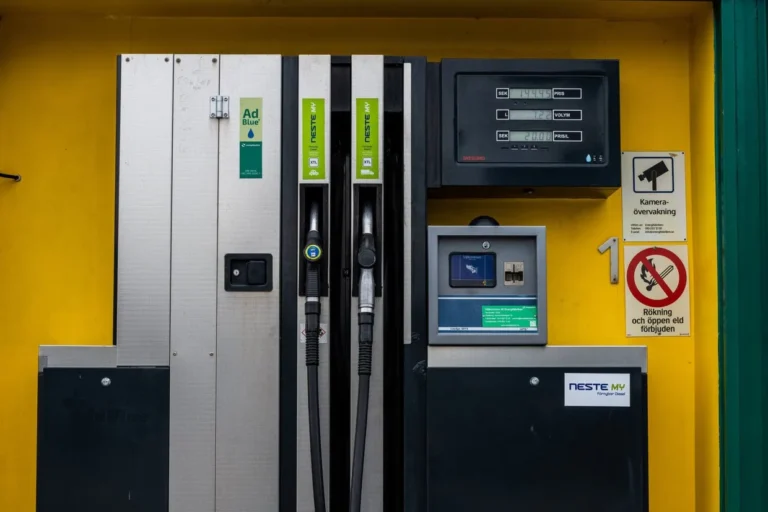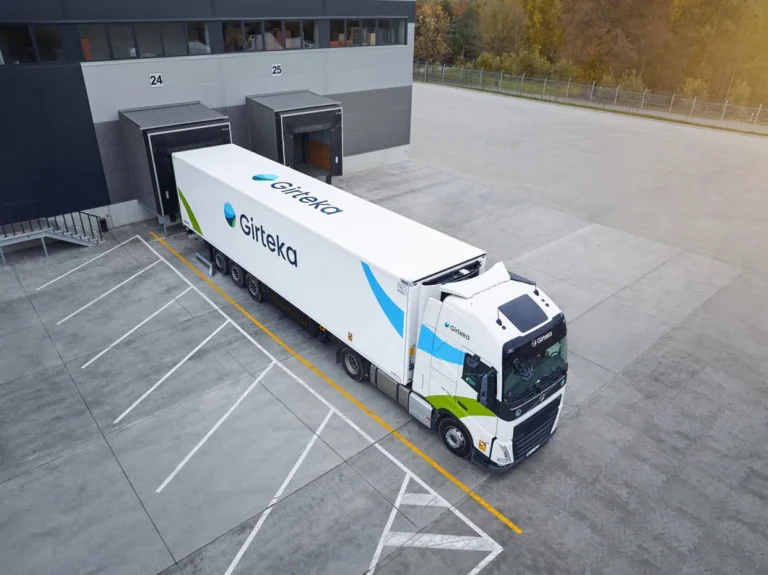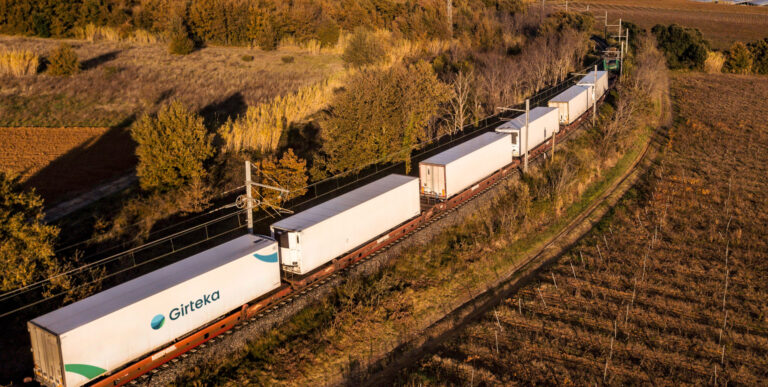The surge in bankruptcies and financial distress in the logistics and road transport sector has been apparent for several years now. This distress has been further escalated by economic pressures, regulatory changes, and the necessity to move hand in hand with technological advancements. To get a good overview of the current situation and sketch out a vision for potential future trends in the industry, it is important to consider notable bankruptcies, regional market dynamics and strategies companies employ to mitigate bankruptcy risks. Most importantly – what should businesses consider in this turbulent environment?
Bankruptcies: Key Statistics and Trends
Recent years have seen a significant increase in trucking company bankruptcies, including such notable cases as Yellow Corp and Convoy in 2023, which underscore the vulnerabilities within the industry. These cases also highlight the need for innovation as a future-proof business practice.
Notably, the rise in bankruptcies within the logistics and road transport sector is a multifaceted issue. It stems from economic pressures, rising operational costs, market fragmentation, geopolitical disruptions, and other issues.
The impact of these pressures has been profound, with nearly 88,000 trucking companies and 8,000 freight brokerages ceasing operations in the US alone in 2023. This trend is evenly reflected in Europe, as the increase in bankruptcies in Germany has been rising every year since 2020 and was notable on a month-by-month basis in 2023.
Mergers & Acquisitions as a Strategic Response
In response to financial strains, mergers, and acquisitions (M&A) have become known as viable strategies for the survival and growth of businesses on a global scale. Examples like Ceva Logistics’ acquisition of Bollore notably demonstrate efforts to persevere, consolidate market presence, and leverage synergies.
If done right, M&A is a tried and trusted strategy that not only allows struggling firms to pool resources and mitigate losses, but also facilitates access to advanced technologies and broader customer bases.
But while M&A shows potential for expanding operational efficiencies and market coverage, it also entails risks. The process can be complex and resource-intensive, requiring careful due diligence and strategic alignment to realize anticipated synergies effectively. With that said, M&A remains a pivotal tool for reshaping the competitive landscape and navigating financial distress.
Regional Insights: Poland, Germany, and the Benelux
Poland: Economic Strain and Structural Challenges
In Poland, the transport sector is currently facing acute challenges. 120 companies declared bankruptcy in the first quarter of 2024 alone, with an additional 1,400 companies implementing restructuring policies, such as downsizing their fleets or cutting staff, and many others facing the looming threat of insolvency.
The main challenges include regulatory changes brought forward by the Mobility Package, which have escalated operational costs without appropriate increases in freight rates. One example of the measures that the Mobility Package entails is the requirement for mandatory replacement of tachographs by the end of the year. According to one company owner, this upgrade may cost around 1,000 euros per truck.
Another key challenge is the uncertainty surrounding the issue of decarbonization of transportation in Europe. When it comes to SMEs – not all companies in road freight transport have the knowledge and resources needed to comply with EU regulations and align with the CSRD (Corporate Sustainability Reporting Directive) Scope 3 emissions reporting, much less – to provide additional value to customers in terms of sustainable transport solutions.
The ongoing downturn is also caused by decreased orders and a lack of new investments, and further escalated by a 1.7% decrease in the tonnage of road transport in 2024 compared to the previous year, totalling 67.6 million tons. March 2024 was particularly harsh, with a 3.8% drop in transported volume to 22.1 million tons.
Coming back to the case of Poland: Polish companies cover roughly 20-30% of the European road freight transport market, with a strong presence in Western Europe. Hence, any disturbances there may affect long-term partnerships between Polish transport and logistics operators and their clients.
In response to this alarming situation, the Committee for the Defence of Polish Transporters and Employers (KOPiPT) is working to bring the debate to the European Parliament. The organization is taking several steps to help mitigate the risk of bankruptcies within the country’s transport sector.
However, this raises another question – whether any kind of governmental interference does more harm than good to the established market dynamics, holding transport operators back from building resilience.
Germany and the Benelux: Hope Under Unfavourable Circumstances
Despite similar tendencies to Poland in terms of bankruptcy statistics within the logistics sector, Germany and the Benelux exhibit relative resilience, including notable national-level measures to support the logistics sector.
The main causes of company insolvencies identified in Germany and the Benelux are high energy costs, existing problems in supply chains, and high inflation. According to Global Euronews, the number of insolvencies rose throughout 2021, 2022, and 2023, and in 2023 the increase was also notable on a month-by-month basis.
The majority of bankruptcies – 8.7 per 10,000 companies in 2023 – were related to the transport and storage sector. In 2024 this number rose further, amounting to 29.6 cases per 10,000 companies at the start of the year.
Governments within this region have been trying to bolster the countries’ ability to weather economic fluctuations and regulatory uncertainties through robust infrastructure investments, diversified economies, and strategic geographical advantages. Germany has made a systematic effort to mitigate traffic congestion and bolster infrastructure, with substantial investments earmarked for road, rail, and waterways.
Impact on Customers and Business
As logistics companies go bankrupt, the supply of available transportation services decreases. With fewer carriers in the market, the demand for their services can outstrip supply, leading to increased transportation costs. Meanwhile, surviving carriers can charge a premium for their services.
Paying a premium for stable and reliable services may, in fact, be the wise choice, rather than going the easy route and opting for are less costly but also less efficient and reliable service provider. In the latter situation, the customer may end up paying double the price for lost, damaged or late cargo.
Naturally, with fewer logistics companies in operation, businesses have fewer choices for transporting their goods. This can be particularly challenging for companies needing tailored services. Additionally, companies may face geographic constraints, struggling to find carriers that operate in specific regions. This may lead to potential delays and increased logistical complexity.
While diversifying logistics providers can mitigate certain risks, partnering with a single, strong, service provider offers significant advantages in terms of cost efficiency, reliability, streamlined operations, tailored solutions, and access to advanced technology and innovation, such as real-time visibility (RTV) or sustainable transport.
This approach can simplify logistics management, enhance service quality, and provide a stable and resilient logistics solution, especially, if the service provider is an asset-based company, able to ensure capacity all year long, thus, ultimately supporting business continuity and growth.
Impact on Reliability and Market Dynamics
The impact of logistics bankruptcies extends beyond financial losses, impacting investor confidence, market perception, and supply chain reliability. To stakeholders, the current situation is a signal of lower returns, increased borrowing costs, and disrupted operational continuity. To clients – it might be the time to think very carefully when choosing their logistics provider.
In an environment such as this, trust becomes increasingly important. Businesses may need to establish new relationships with logistics providers and/or renegotiate existing contracts to reflect the changing market dynamics. The service provider that the customer chooses to work with must be more than a carrier; it must be a partner. A partner, which takes an active role in co-creation and collaboration, and whose interests lie in mutual growth and success.
In essence, the recent increase in bankruptcies within the logistics and transport sector help to highlight ongoing challenges and underscore the need for proactive strategies to safeguard operational continuity. Stable, reliable logistics companies with a proven track record in the industry have enough expertise and experience to sit down with the client and together, come up with solutions, especially in difficult market circumstances.
Predictions for the Future
Looking ahead, the logistics and transport sector faces a transformative period defined by technological innovation, regulatory evolution, and shifting consumer behaviours. The global logistics market shows serious potential for substantial growth, supported by expanding e-commerce demands and advancements in digital technologies like AI, machine learning, and blockchain.
Navigating these turbulent waters requires a balanced approach that integrates technological advancements, strategic partnerships, and proactive risk management strategies. Resilience and adaptive measures will become even more crucial in sustaining growth and stability moving forward. Therefore, strategic alliances with large asset-based market leaders can be fundamental to securing supply chains and creating opportunities for collaboration and resilience in the long run.

